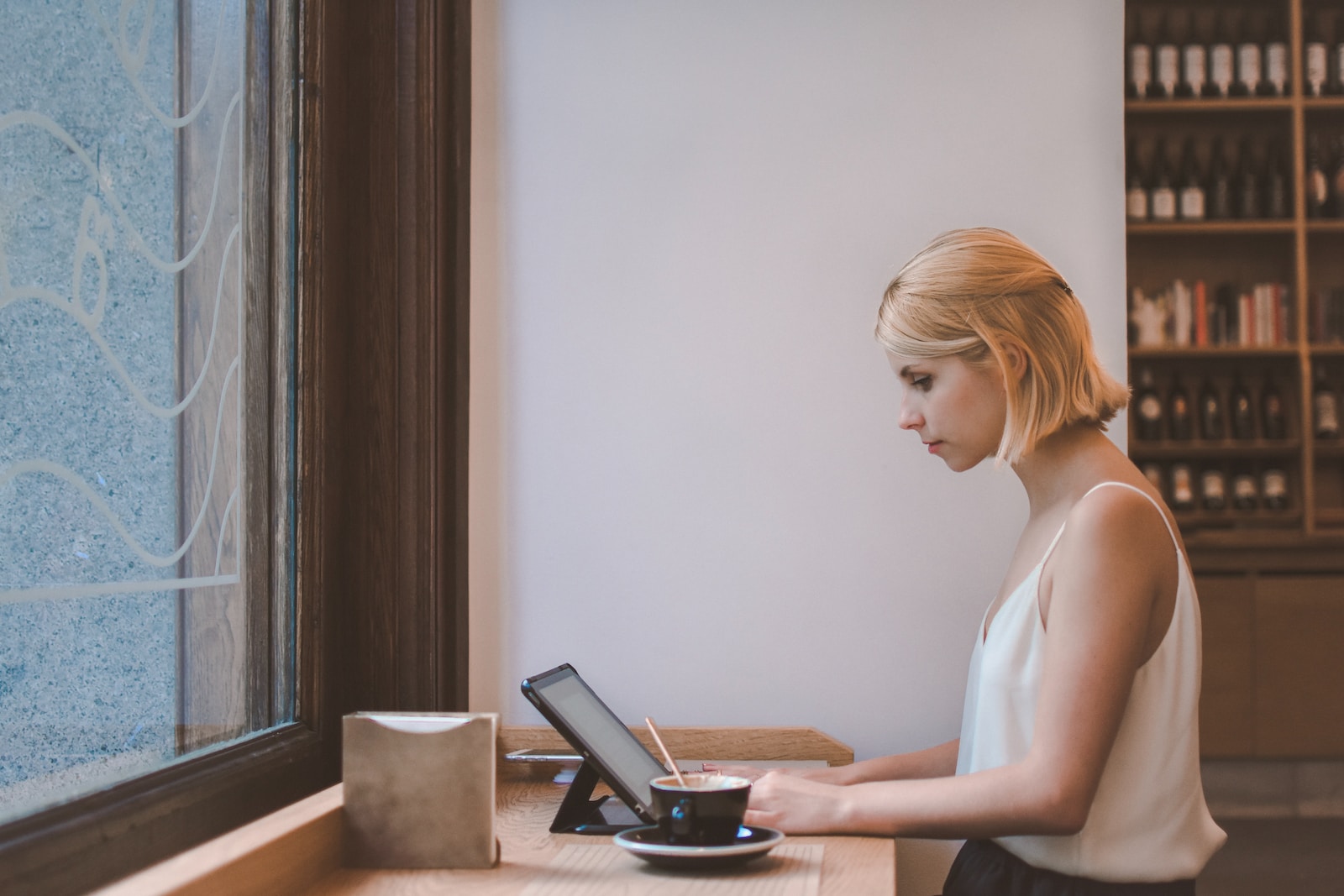If you are looking for a blog design that is both clean and minimalistic, then look no further than the Clean and Minimal Blog Design Template.
This template offers simplicity in its design while still being visually appealing to readers. With its use of white space, simple typography, and subtle color accents, this template provides an easy-to-read layout that allows your content to shine.
The minimalist approach also means there are fewer distractions for the reader, allowing them to focus on what matters most – your words. Additionally, the template’s responsive design ensures that it looks great on any device, making it accessible to all audiences.
So if you’re ready to take your blogging game up a notch with a sleek and modern design, consider giving the Clean and Minimal Blog Design Template a try!
White Space And Simplicity
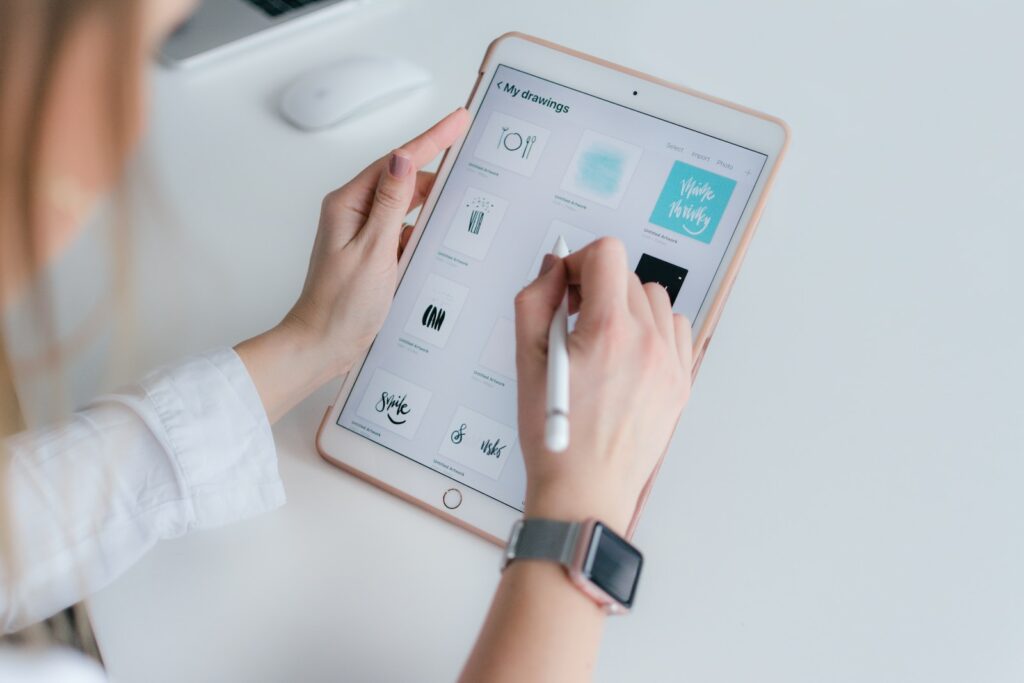
They say less is more, and this couldn’t be truer when it comes to designing a clean and minimal blog.
The use of negative space or white space utilization can make all the difference in creating an aesthetically pleasing design that’s easy on the eyes. By strategically leaving areas blank, you allow your content to breathe, making it easier for readers to focus on what really matters.
When done right, negative space utilization can also enhance the aesthetic appeal of your blog. It creates a sense of balance between different visual elements while adding a touch of sophistication and elegance to your overall design.
This technique has become increasingly popular among web designers due to its ability to draw attention to important information without overwhelming visitors with too much clutter.
Incorporating white space into your blog design may seem counterintuitive at first, but trust us—less really is more! By utilizing negative space effectively, you’ll not only improve the readability and user experience of your site but also give it a sleek and modern look that will keep visitors coming back for more.
So why wait? Start experimenting with negative space today and see how it transforms your blog!
Typography And Color Accents
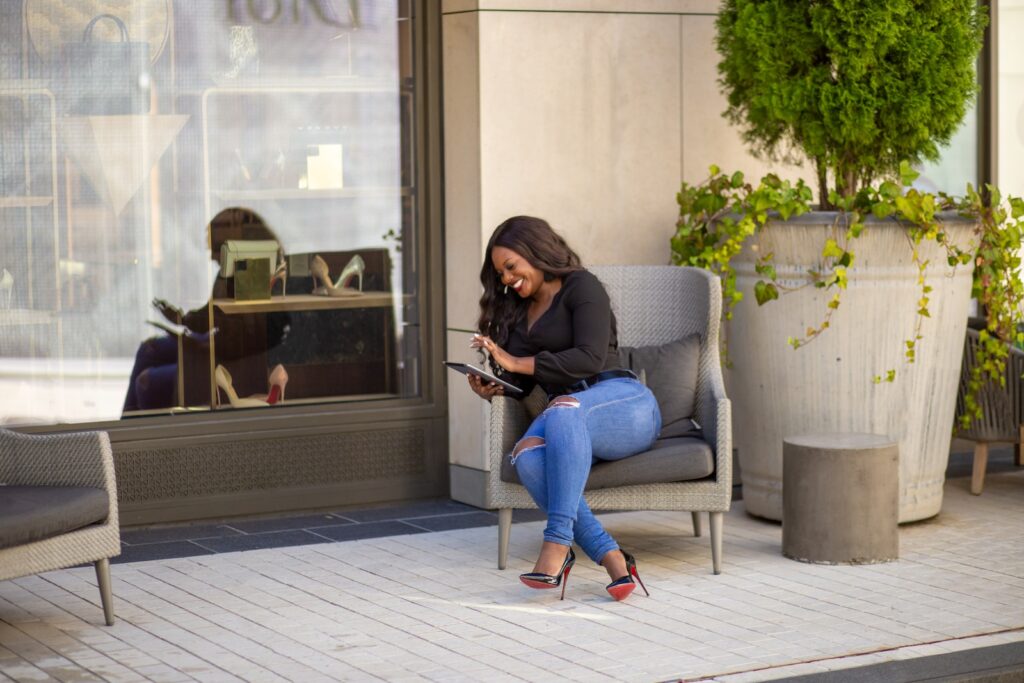
Typography and color accents are key elements in creating a clean and minimal blog design. Choosing the right fonts is crucial to establishing an aesthetic that communicates your brand’s message effectively. When selecting fonts, consider their legibility, personality, and overall visual impact.
Combining colors can also have a significant impact on the look and feel of your blog. Use color theory principles to select complementary or analogous hues that work well together. Consider using one accent color sparingly to create emphasis and draw attention to important information.
When it comes to typography and color accents, consistency is essential. Stick to a specific font family for headings, subheadings, body text, etc., and use consistent colors throughout your blog design. This creates a cohesive visual experience that helps readers navigate through your content easily.
By thoughtfully choosing fonts and combining colors with intentionality across all aspects of your blog design, you’ll elevate its visual appeal while maintaining a clean and minimalist aesthetic – perfect for showcasing engaging content without overwhelming visitors with too many distracting visuals or clashing styles.
Easy-To-Read Layout

When it comes to designing a blog layout, one of the most important factors to consider is readability. After all, what’s the point in having great content if your readers can’t easily digest it? An easy-to-read layout should be at the top of your priority list.
The importance of whitespace in design cannot be overstated. It gives your content room to breathe and allows for better organization. Too much clutter on a page can overwhelm readers and make them want to click away from your site.
By incorporating ample whitespace between paragraphs and around images, you create a more inviting reading experience.
Another key factor in creating an easy-to-read layout is choosing the best font for readability. While fancy fonts may look cool, they’re not always practical when it comes to legibility. Stick with clean, simple fonts such as Arial or Helvetica that are easy on the eyes. Additionally, avoid using small font sizes – aim for at least 16px for body text to ensure maximum readability.
By implementing these tips into your blog design template, you’ll create an easy-to-read layout that keeps your readers engaged and coming back for more. Remember: simplicity is key! With ample whitespace and appropriate font choices, you’ll have a recipe for success on your hands without sacrificing style or substance.
Minimalist Approach
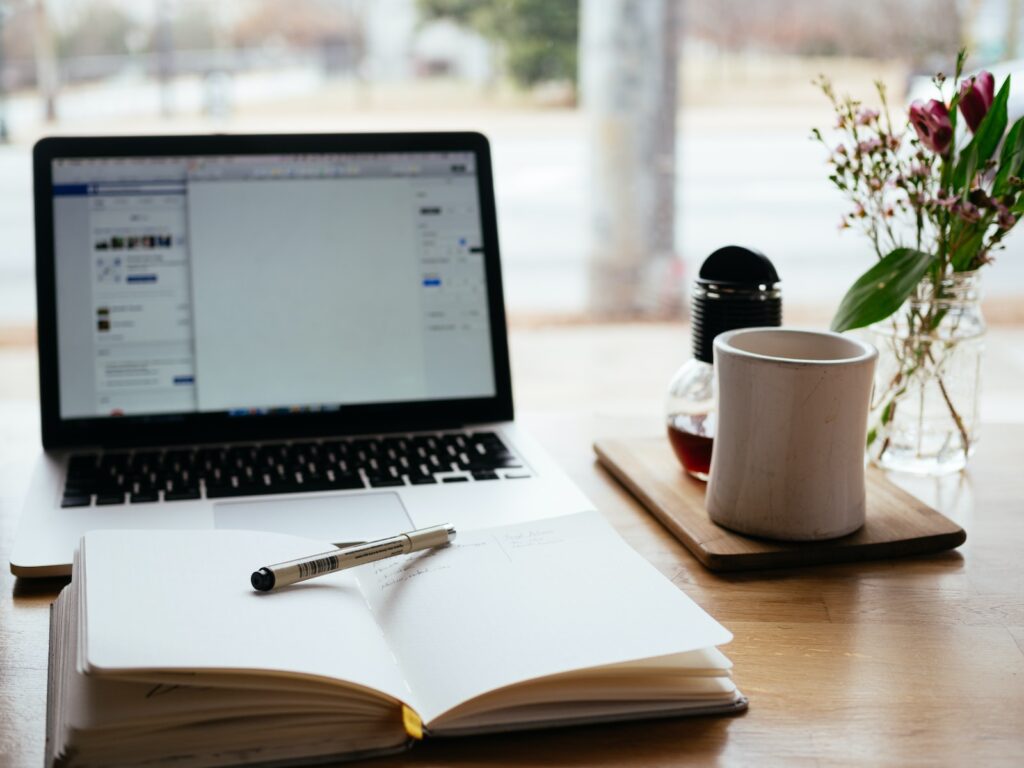
When it comes to minimalist design, there are three key principles to keep in mind: simplicity, functionality, and clarity.
These principles create a clean aesthetic that looks modern and elegant.
Additionally, minimalist aesthetics focus on open space and basic colors, with an emphasis on typography and subtle highlights.
All of these elements come together to create a powerful yet simple design that’s sure to impress.
Minimalist Design Principles
When it comes to designing a website or blog, the benefits of minimalist design cannot be ignored. With its clean lines and simple aesthetic, minimalism offers a refreshing departure from cluttered designs that can overwhelm users. Incorporating minimalism into branding is also becoming increasingly popular, with many companies opting for stripped-down logos and branding materials. By embracing this approach, businesses are able to convey their values in a clear and concise manner.
One of the main benefits of minimalist design is improved user experience. When there are fewer distractions on a page, visitors are better able to focus on the content at hand. This not only makes for an easier reading experience but can also increase engagement levels.
In addition, minimalist design tends to load faster than more complex layouts, which helps keep bounce rates low.
Incorporating minimalism into branding is another way that businesses can benefit from this approach. By stripping away unnecessary elements from logos and other marketing materials, companies can create a strong visual identity that is easy to recognize and remember. This can help build brand recognition over time while also conveying a sense of professionalism and sophistication.
Overall, adopting a minimalist design philosophy can lead to clearer communication, greater engagement, and improved branding efforts.
Minimalist Aesthetics
Now that we’ve discussed the benefits of a minimalist approach in website design and branding, let’s dive deeper into one aspect of this philosophy: minimalist aesthetics.
Minimalist aesthetics refer to the overall visual style of a design or brand that incorporates clean lines, simple shapes, and limited color palettes.
In website design, minimalist aesthetics can be achieved through the use of white space, minimal text and imagery, and sleek typography. This creates a clean and uncluttered look that is easy on the eyes and allows visitors to focus on the content at hand.
By using this approach, businesses can create a modern and sophisticated online presence that reflects their values while also providing an enjoyable user experience.
Similarly, incorporating minimalist aesthetics into branding materials such as logos and marketing collateral can help businesses stand out from competitors. A strong visual identity that is easily recognizable can leave a lasting impression on potential customers.
By keeping things simple yet striking, companies can convey professionalism with ease while maintaining consistency across all touchpoints.
By embracing minimalist aesthetics in both website design and branding efforts, businesses can achieve a cohesive look that communicates their values clearly while also creating an engaging user experience for visitors.
With its emphasis on simplicity and clarity, minimalism continues to be a popular choice among designers looking to make an impact without overwhelming their audience with unnecessary elements.
Fewer Distractions For Readers
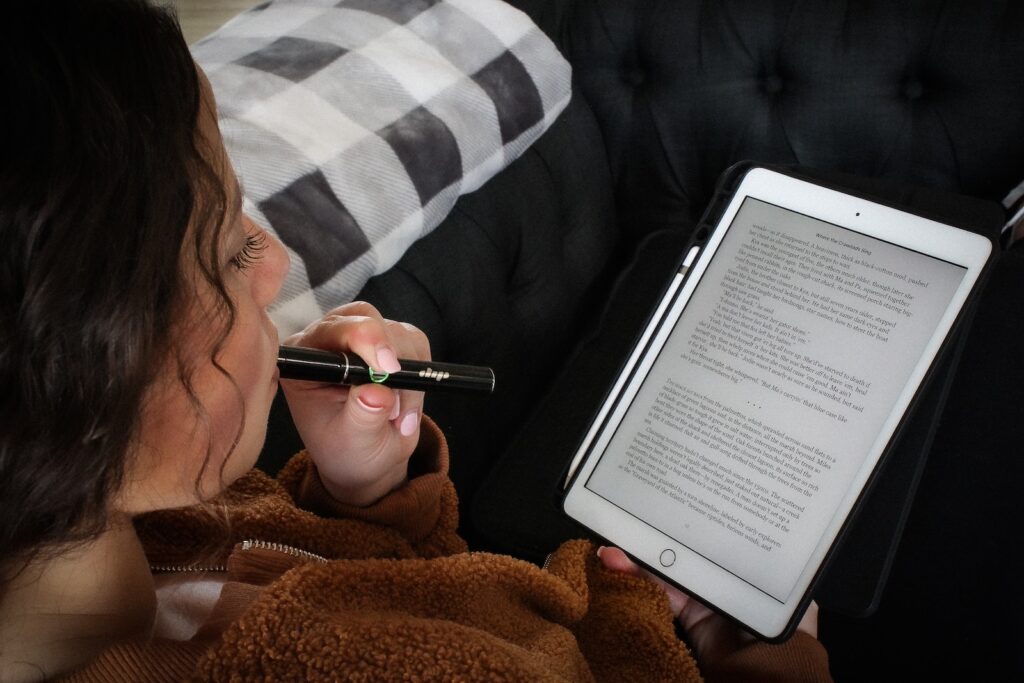
A clean and minimal blog design template can offer numerous benefits for bloggers who want to keep their readers engaged. By removing unnecessary distractions, you can create a more focused reading experience that keeps the audience interested in your content.
Here are some tips for implementing a clean design that minimizes visual clutter:
- Use plenty of white space around text and images
- Choose a simple color palette with just one or two accent colors
- Opt for sans-serif fonts that are easy to read on both desktop and mobile devices
- Keep navigation menus and other site elements streamlined
By following these guidelines, you can help ensure that visitors to your blog focus on what matters most: your writing!
A minimalist approach not only makes it easier for readers to engage with your content but also helps convey professionalism and attention to detail.
Ultimately, creating a distraction-free environment is all about putting the reader first. When designing your blog, think carefully about how each element contributes to the overall user experience.
Remember – less is often more when it comes to web design!
Responsive Design For Accessibility
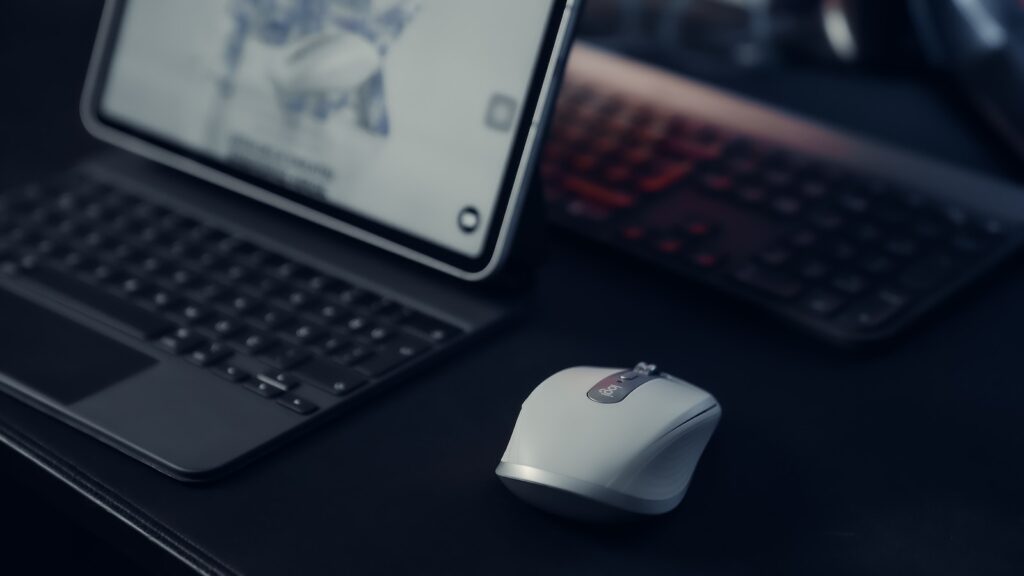
With fewer distractions for readers, a clean and minimal blog design template can help to enhance the overall user experience. But there is more that goes into designing an effective website than just aesthetics. It’s important to also consider accessibility, particularly when it comes to disabilities.
Designing for disabilities means ensuring that your website is usable by everyone, regardless of their physical or cognitive abilities. This includes making sure that users with visual impairments can navigate your site using screen reader technology, and that those with motor impairments can easily interact with your content through the use of alternative input devices. By taking these steps, you not only improve the inclusivity of your website but also open up new possibilities for engagement from a wider audience.
One way to ensure both aesthetic appeal and accessibility is through implementing a mobile-friendly layout. With more people accessing websites via smartphones and tablets than ever before, it’s crucial to have a responsive design that adapts seamlessly across different screen sizes. By doing so, you make it easier for all users – including those with disabilities – to engage with your content on-the-go.
| Column 1 | Column 2 | Column 3 |
|---|---|---|
| Consistent Navigation: Use clear labels and logical organization throughout your site so that users know where they are at all times. | Text Alternatives: Include descriptive alt text for images and other non-text elements so that visually impaired users can understand them using assistive technologies such as screen readers. | Keyboard Accessibility: Ensure that all interactive elements on your site (such as links and dropdown menus) can be accessed via keyboard alone in order to accommodate users who cannot use a mouse or touchscreen device. |
| Color Contrast & Font Size: Make sure text contrasts sufficiently against its background color, while providing options for resizing font size enable visually-impaired visitors read comfortably without straining their eyes. | Captions/Subtitles: Accommodate hearing-impaired individuals by adding closed captions or subtitles for multimedia content on your site. | Consistent Layout: Ensure that your website’s layout remains consistent across all pages, making it easier for users to navigate and find the information they need. |
| Form Accessibility: Create forms that are easy to fill out by providing clear instructions, labels, and indicating required fields through error messages where applicable. | Content Organization: Arrange text in a logical order with headings, subheadings and bullet points as appropriate so that users can easily skim-read for important information. | Clear Calls-to-Action (CTAs): Use buttons with descriptive language instead of generic terms like “click here” to encourage interaction from visitors while providing context about what happens next after clicking. |
By incorporating these elements into your design process, you’ll not only create an aesthetically pleasing blog but also one that is accessible to everyone – regardless of their abilities. Designing for disabilities should be at the forefront of any web designer’s mind when creating a mobile-friendly layout. Remember, accessibility isn’t just good practice; it’s essential in ensuring equal access to online information and services.
Sleek And Modern Design
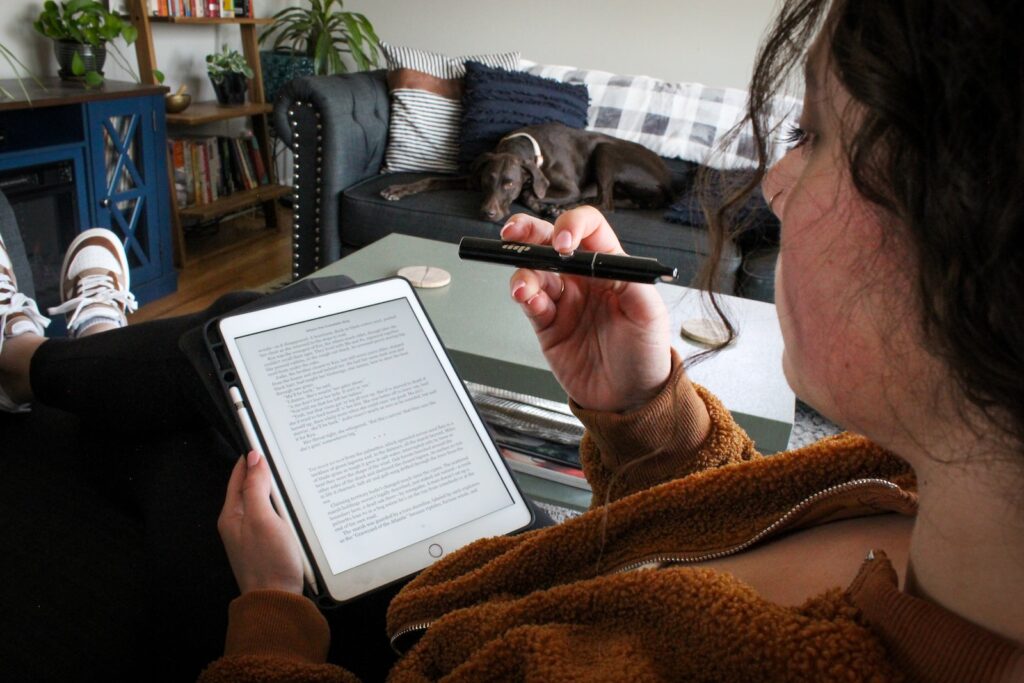
A sleek and modern design is essential for a clean and minimal blog template.
Minimalist color schemes are often used to create an uncluttered look that draws the reader’s attention to the content. The use of neutral colors such as white, black, or grey can make your website feel more spacious and professional.
In addition to minimalist color schemes, incorporating geometric shapes into your blog design can also enhance its sleekness and modernity. Geometric shapes such as circles, triangles, squares, or hexagons add visual interest while maintaining simplicity in the overall design. They can be used as dividers between sections, backgrounds for images or text, or even as icons.
Overall, when designing a clean and minimal blog template with a sleek and modern look, it’s important to consider all elements carefully.
By using simple yet effective techniques like minimalist color schemes and incorporating geometric shapes strategically throughout your design, you can achieve an aesthetically pleasing result that will keep readers coming back for more.
Frequently Asked Questions
What Is The Best Platform To Use For Implementing A Clean And Minimal Blog Design?
Looking to create a stunning blog design that’s both clean and minimal? Look no further than the top platforms for web designers!
From WordPress to Squarespace, there are plenty of options out there to help you achieve your desired look. But even with the right platform, it can be tough to know where to start when designing a sleek and simple layout.
That’s where our top design tips come in: focus on negative space, use a limited color palette, and keep things organized with clear headings and sections. With these tricks up your sleeve, you’ll have a beautiful blog design in no time!
How Can I Make My Blog Stand Out Visually While Still Keeping It Clean And Minimal?
To make your blog stand out visually while still maintaining a clean and minimal design, focus on using color palettes and creating visual hierarchy.
A well-chosen color scheme can add personality to your site without overwhelming it with too many elements. Use contrasting colors strategically to draw attention to important content or sections of the page.
Additionally, implementing a strong visual hierarchy will guide readers through your content in an intuitive way. This means using typography, spacing, and layout to prioritize certain information over others.
By balancing these design principles, you can create a unique and memorable blog that remains both stylish and functional.
Are There Any Specific Font Styles Or Sizes That Work Best For A Clean And Minimal Blog Design?
When it comes to selecting fonts for your blog, there isn’t necessarily a one-size-fits-all solution. However, there are some principles that can guide your choices in keeping with the clean and minimal aesthetic you’re going for.
Typography hierarchy is key: using different font sizes and styles to create visual interest and guide readers’ eyes down the page.
Stick to sans-serif fonts like Helvetica or Open Sans, which are sleek and modern without being too showy.
And don’t be afraid of white space! Leaving plenty of room around your text will make everything feel more airy and polished.
What Are Some Common Mistakes To Avoid When Designing A Clean And Minimal Blog?
When aiming for a minimalistic design, it’s easy to fall into the trap of removing too much and ending up with an unbalanced layout.
One common mistake is neglecting the importance of white space in creating visual harmony between elements on your page. This can lead to cramped designs that overwhelm readers and push them away from your content.
On the other hand, be careful not to let white space take over entirely – without enough substance, your blog will appear incomplete or lacking in value.
Striking this balance takes practice and attention to detail, but by avoiding these mistakes you’ll be well on your way to crafting a clean and effective minimalist design.
How Can I Effectively Incorporate Images And Other Media Into A Clean And Minimal Blog Design?
When it comes to incorporating images and other media into your blog design, there are a few things to keep in mind.
Firstly, using color strategically can make a big impact on the overall aesthetic of your site without cluttering up the layout.
Additionally, utilizing negative space effectively will help draw attention to important content while keeping everything looking clean and organized.
It’s also important to optimize image sizes for faster load times – this not only improves user experience but can also boost your SEO rankings.
By following these tips, you can create a visually appealing and functional blog that utilizes media in a thoughtful way.
Key Takeaways
- The Clean and Minimal Blog Design Template offers a visually appealing and easy-to-read layout for bloggers.
- Utilizing white space or negative space effectively can enhance the aesthetic appeal and readability of a blog.
- Typography and color accents play a crucial role in creating a clean and minimal blog design.
- Consistency in navigation, layout, and font choices is essential for a cohesive visual experience.
- Easy-to-read layout and choosing the right font size and type are important for enhancing readability.
- Minimalist design principles focus on simplicity, functionality, and clarity to create a clean and modern look.
- Minimalist design offers benefits such as improved user experience, faster loading times, and clear communication of brand values.
- Minimalist aesthetics in web design and branding use clean lines, simple shapes, limited color palettes, and sleek typography.
- A clean and minimal design reduces distractions for readers, allowing them to focus on the content.
- Responsive design ensures accessibility for all users, including those with disabilities, across different devices.
Useful Table
| Aspect | Description |
|---|---|
| White Space and Simplicity | Utilize negative space to create an aesthetically pleasing design that allows content to breathe and improves readability. It adds balance, sophistication, and elegance to the overall design. |
| Typography and Color Accents | Choose legible fonts and use color theory principles to select complementary or analogous hues. Maintain consistency in font choices and color usage throughout the blog design. |
| Easy-To-Read Layout | Prioritize readability by incorporating ample white space, using simple and clean fonts, and avoiding clutter. Organize content logically with headings, subheadings, and bullet points for easy skimming. |
| Minimalist Approach | Embrace simplicity, functionality, and clarity in design. Use open space, basic colors, typography, and subtle highlights to create a modern and elegant aesthetic. |
| Fewer Distractions for Readers | Create a focused reading experience by removing unnecessary distractions. Use white space, a simple color palette, legible fonts, and streamlined navigation menus to keep the audience engaged. |
| Responsive Design for Accessibility | Ensure accessibility by designing a mobile-friendly layout that adapts seamlessly across different screen sizes. Consider navigation, text alternatives, keyboard accessibility, color contrast, and clear calls-to-action for an inclusive design. |
| Sleek and Modern Design | Use minimalist color schemes and geometric shapes to achieve an uncluttered and visually appealing look. Carefully consider all elements of the design to create a sleek and modern aesthetic. |
Final Thoughts
In conclusion, a clean and minimal blog design can be the perfect way to showcase your content in an elegant and sophisticated manner. By utilizing a platform like WordPress or Squarespace, you can easily implement this type of design without sacrificing functionality.
Remember, it’s important to make your blog visually appealing while still maintaining simplicity. Consider using bold typography or unique color schemes to add interest without overwhelming your readers. Avoid common mistakes such as cluttered layouts or overly complicated navigation menus.
Lastly, don’t forget about incorporating images and other media into your design. Use high-quality visuals that complement your content and help tell the story you are trying to convey.
Overall, with careful planning and attention to detail, a clean and minimal blog design can elevate your online presence and leave a lasting impression on your audience.

